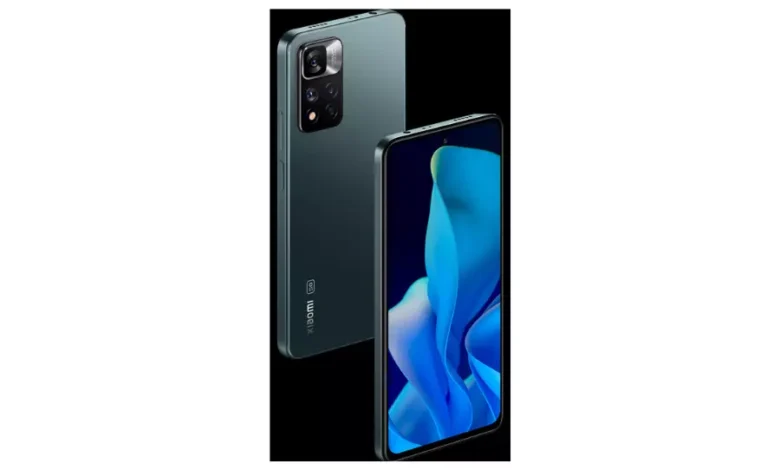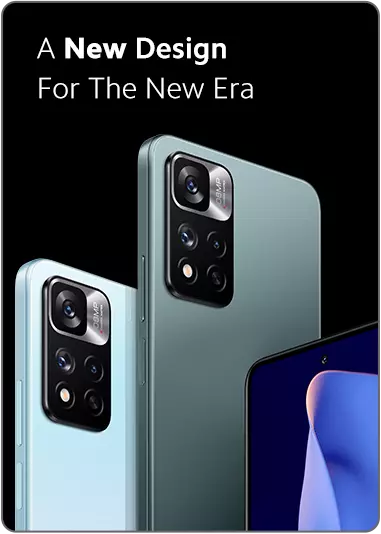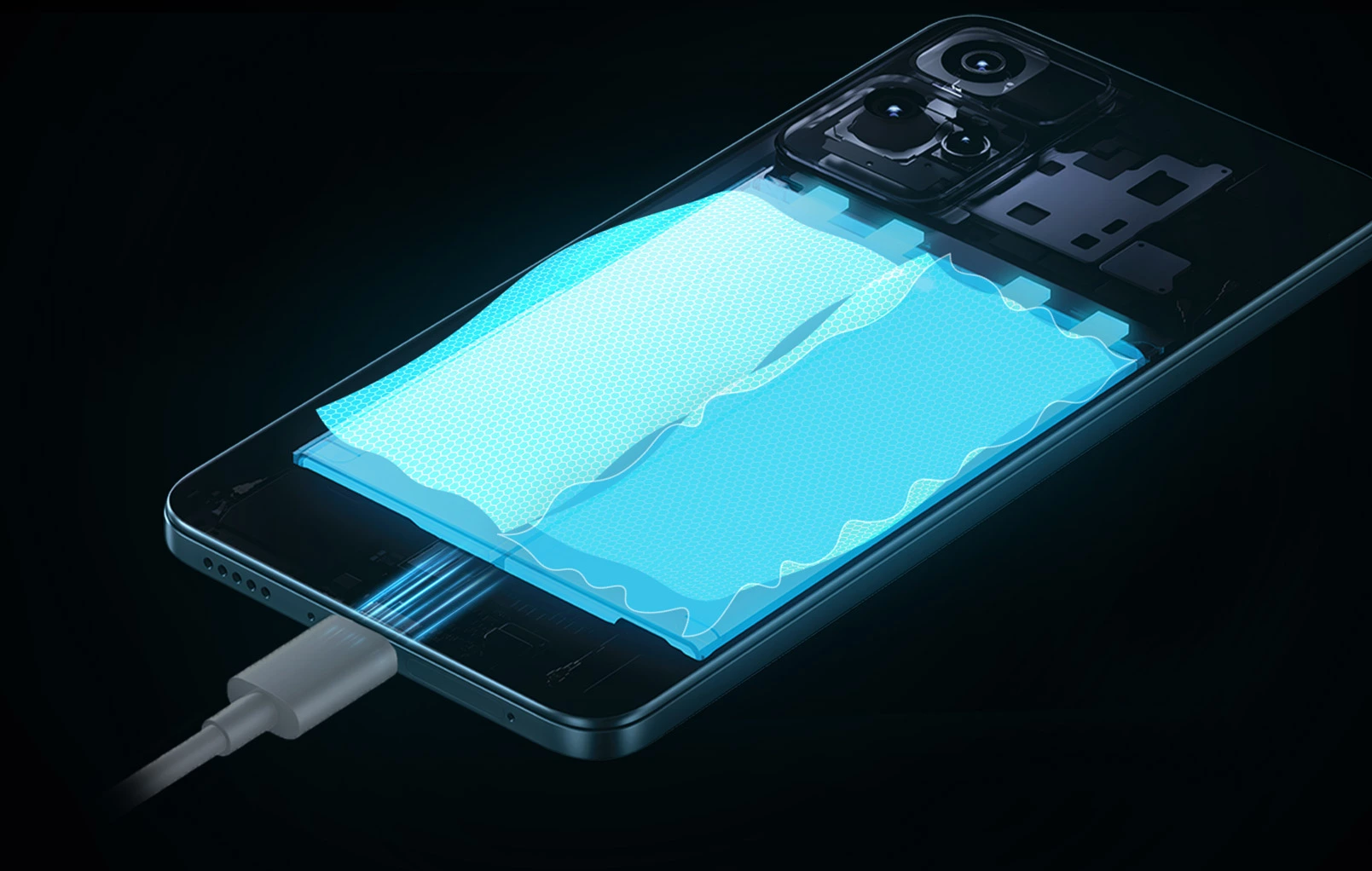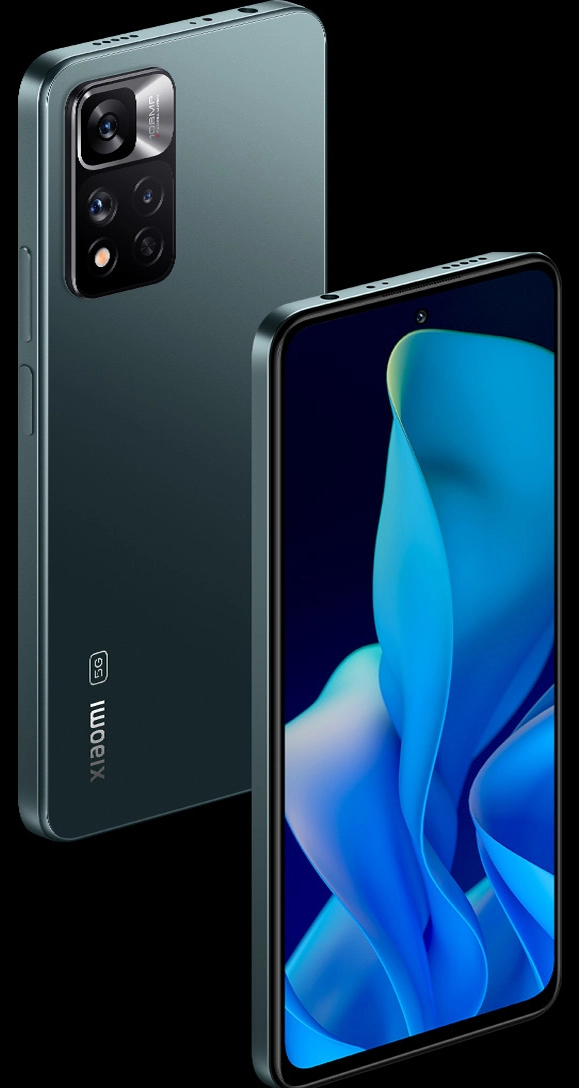

Xiaomi 11i Hypercharge 5G Full Specifications and Price in United States, Europe and United Kingdom:
| First Release | January 12, 2022 |
| Colors | Camo Green, Stealth Black, Purple Mist, Pacific Pearl |
| Connectivity | |
|---|---|
| Network | 2G, 3G, 4G, 5G |
| SIM | Hybrid Dual Nano SIM |
| WLAN | dual-band, Wi-Fi Direct, hotspot |
| Bluetooth | v5.2, A2DP, LE |
| GPS | A-GPS, GLONASS, BDS |
| Radio | ✖ |
| USB | v2.0 |
| OTG | Yes |
| USB Type-C | Yes |
| Infrared | Yes |
| NFC | ✖ |
| Body | |
| Style | Punch-hole |
| Material | Gorilla Glass 5 front, glass back, plastic frame |
| Water Resistance | ✖ (IP53 certified dust and splash resistant) |
| Dimensions | 163.7 x 76.2 x 8.3 millimeters |
| Weight | 204 grams |
| Display | |
| Size | 6.67 inches |
| Resolution | Full HD+ 1080 x 2400 pixels (395 ppi) |
| Technology | AMOLED Touchscreen |
| Protection | Corning Gorilla Glass 5 |
| Features | 120Hz refresh rate, 1200 nits max. brightness |
| Back Camera | |
| Resolution | Triple 108+8+2 Megapixel |
| Features | PDAF, LED flash, f/1.9, 1/1.52″, 0.7µm, ultrawide, macro & more |
| Video Recording | Ultra HD 4K (2160p), gyro-EIS |
| Front Camera | |
| Resolution | 16 Megapixel |
| Features | F/2.5, 1/3.06″ 1.0µm & more |
| Video Recording | Full HD (1080p) |
| Battery | |
| Type and Capacity | Lithium-polymer 4500 mAh (non-removable) |
| Fast Charging | 120W Fast Charging (0-100% in 15 minutes) |
| Performance | |
| Operating System | Android 11 (MIUI 12.5 E) |
| Chipset | MediaTek Dimensity 920 5G (6 nm) |
| RAM | 6 / 8 GB |
| Processor | Octa core, up to 2.5 GHz |
| GPU | Mali-G68 MC4 |
| Storage | |
| ROM | 128 / 256 GB (UFS 2.2) |
| MicroSD Slot | Uses SIM2 slot |
| Sound | |
| 3.5mm Jack | Yes |
| Features | Loudspeaker (stereo speakers), 24-bit/192kHz audio |
| Security | |
| Fingerprint | Side-mounted |
| Face Unlock | Yes |
| Others | |
| Notification Light | |
| Sensors | Fingerprint, Accelerometer, Gyroscope, Proximity, E-Compass |
| Manufactured by | Xiaomi |
Xiaomi 11i Hypercharge 5G Price in United States, Europe and United Kingdom:
| United States | $ 390.00 |
| Europe | € 292.00 |
| United Kingdom | £ 274.00 |




The Xiaomi 11i HyperCharge 5G is a high-performance smartphone that combines cutting-edge technology with advanced features to deliver an exceptional user experience. With its powerful 5G capabilities, you can enjoy lightning-fast speeds and seamless connectivity wherever you go. The phone’s impressive battery life ensures that you can use it all day long without needing to recharge, while the advanced charging technology allows you to quickly top up your battery in no time.
The Xiaomi 11i HyperCharge 5G boasts a stunning display that offers vibrant colours and crystal-clear visuals, making it perfect for watching videos, gaming, and browsing the web. The sleek design fits comfortably in your hand, and the durable build quality ensures that it can withstand daily wear and tear.
The camera system on the Xiaomi 11i HyperCharge 5G is equally impressive, offering advanced features such as AI-powered scene detection, portrait mode, and more. Whether you’re capturing photos or recording videos, this phone delivers outstanding results that are sure to impress. Plus, with advanced security features like facial recognition and fingerprint scanning, you can rest assured that your personal data is always safe and secure.
Xiaomi 11i HyperCharge 5G is a premium smartphone that offers unparalleled performance, advanced features, and stylish design at an affordable price point. Upgrade your mobile experience today and discover what’s possible with this incredible device!
Disclaimer: We can not guarantee that the information on this page is 100% correct. Read more
FAQ:
- Display: The screen display is one of the most important parts of a smartphone. It shows the user interface, apps, photos, videos, and other visual content. Displays come in different sizes, resolutions, and technologies such as LCD, OLED, AMOLED, and Retina.
- Processor: The processor is the brain of a smartphone. It handles all the calculations, operations, and tasks that the phone performs. Popular smartphone processors include Qualcomm Snapdragon, Apple A-series, and Huawei Kirin.
- RAM (Random Access Memory): RAM temporarily stores data and applications that the processor uses. More RAM means faster performance, smoother multitasking, and better gaming experience. Most smartphones have at least 4GB of RAM, but some high-end models offer up to 16GB or more.
- Storage: Smartphones have internal storage where the operating system, apps, photos, videos, and other files are stored. Some phones also have expandable storage via microSD cards. Common storage capacities range from 16GB to 512GB.
- Camera: Smartphone cameras have improved significantly over the years, offering advanced features like optical zoom, portrait mode, night mode, and video recording in 4K or higher resolution. Front cameras are typically used for selfies and face recognition.
- Battery: The battery life of a smartphone depends on various factors like screen size, processor, usage patterns, and software optimization. Many smartphones now support fast charging, wireless charging, or both. Battery capacities usually range between 2000mAh and 5000mAh.
- Operating System: The operating system manages the hardware and software resources of a smartphone. Popular smartphone OSes include Android, iOS, and Windows. Each has its unique features, app ecosystem, and user interface.
- Connectivity: Smartphones often feature multiple connectivity options like Wi-Fi, Bluetooth, NFC, GPS, and cellular networks (e.g., 4G, 5G). These allow users to access the internet, pair devices, navigate, and communicate with others.
- Audio: Smartphones may have speakers, earpieces, or headphones for audio output. Some phones also have specialized audio chipsets for enhanced sound quality or noise cancellation.
- Sensors: Various sensors inside smartphones enable features like fingerprint scanning, facial recognition, accelerometer, gyroscope, proximity detection, and ambient light measurement. These enhance user experience, security, and functionality.
- Durability: Smartphones are made with materials like glass, metal, or plastic. Some phones have IP ratings for dust and water resistance, which protect against accidental exposure to liquids or solid particles.
- Charging port: Smartphones require charging ports to replenish their batteries. Common charging ports include USB-C, Lightning (for iPhones), and Micro-USB (less common nowadays). Wireless charging pads or stands eliminate the need for cables.
- Buttons and controls: Physical buttons and touch controls facilitate navigation and operation. Common buttons include power, volume, and camera shutter release. Some phones use on-screen navigation keys or gesture-based interfaces.
- Antennas: Smartphones contain antennas for cellular communication, GPS, and Wi-Fi. They may be located at the top or bottom edges, or integrated into the device’s body.
- Fingerprint reader: Many smartphones feature fingerprint readers for biometric authentication. These can be physical buttons or optical scanners embedded under the display. Face ID systems are also becoming popular alternatives.